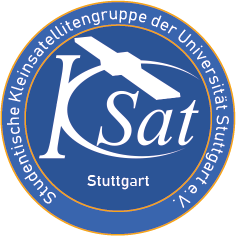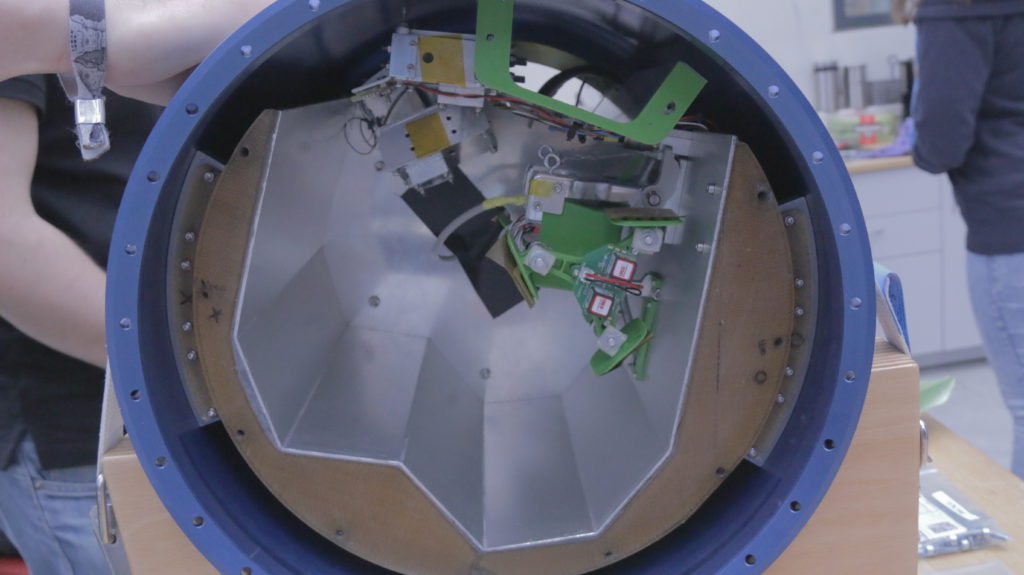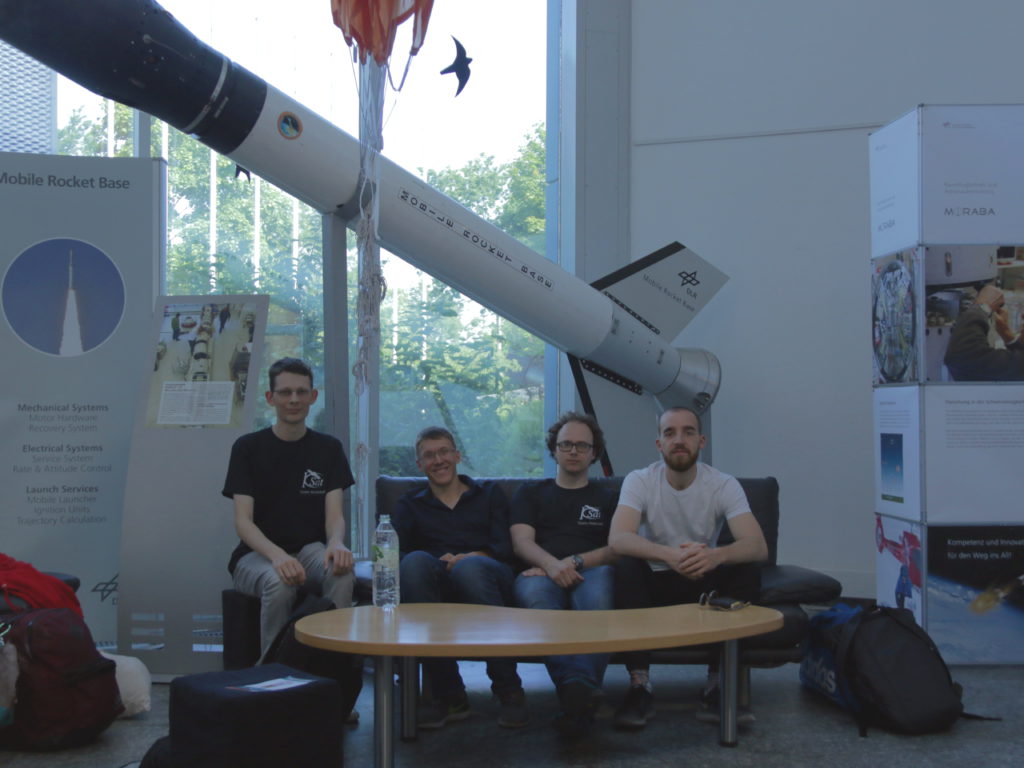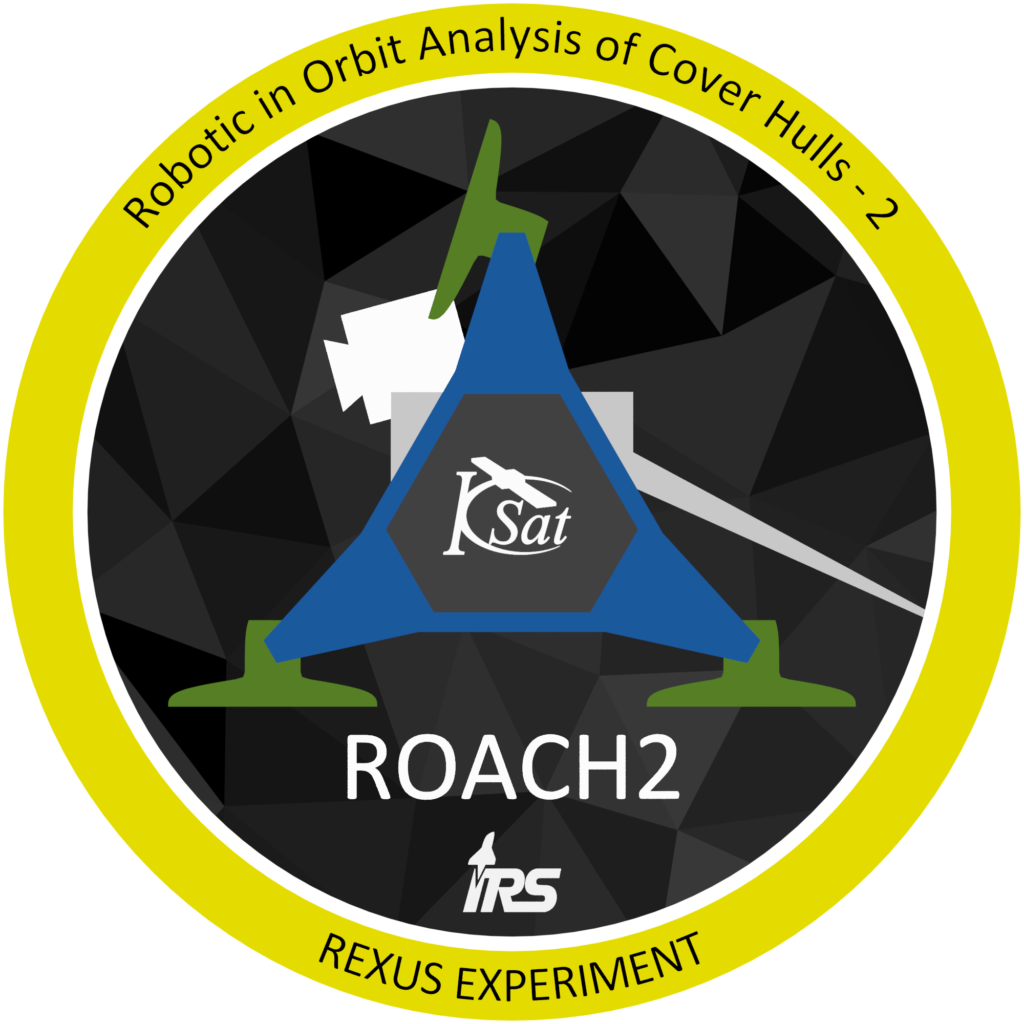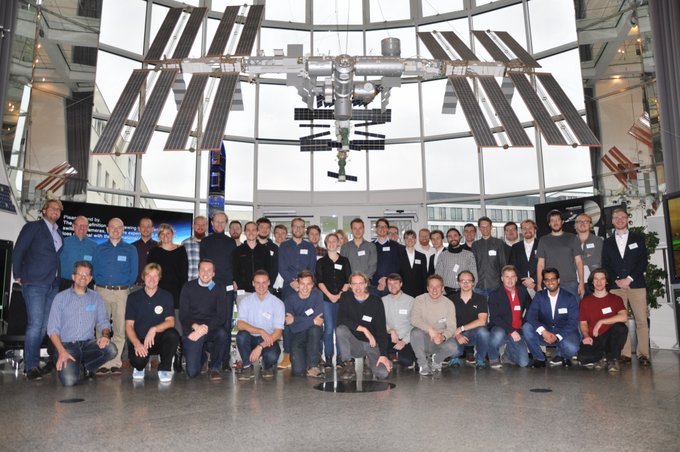ROACH2
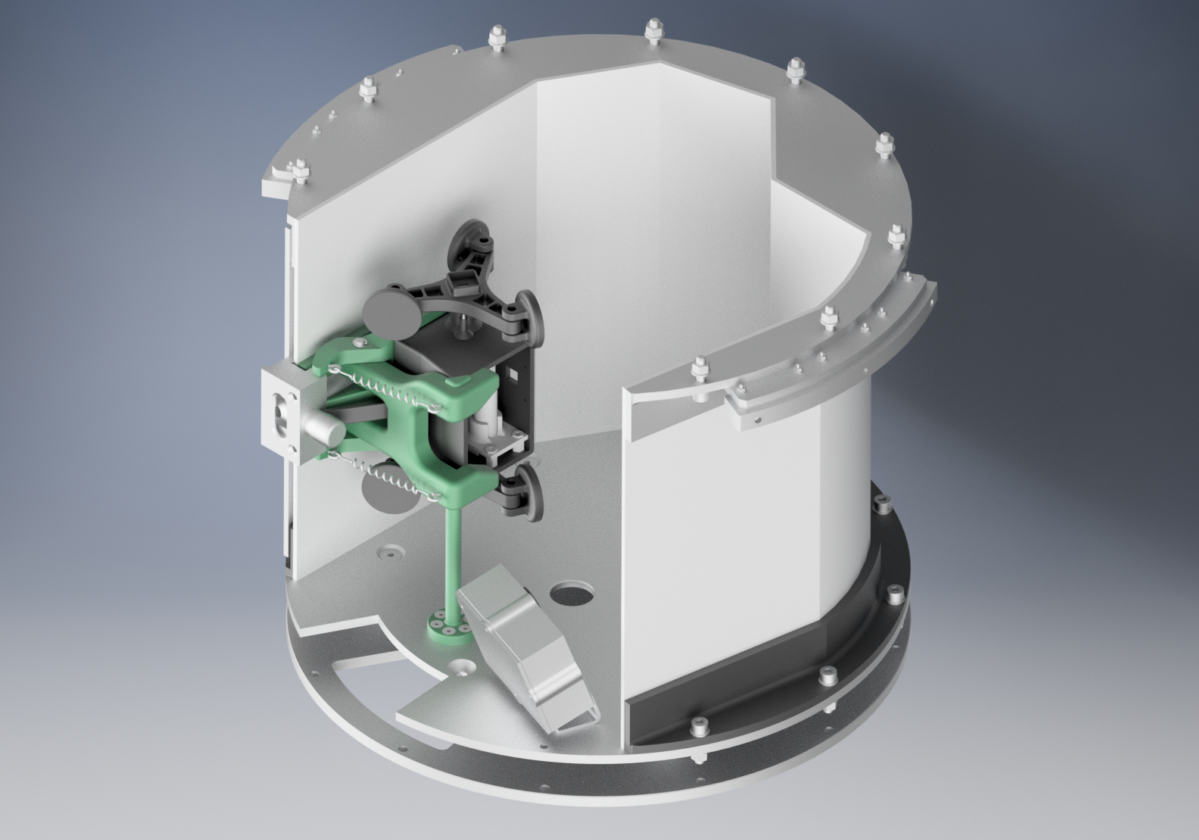
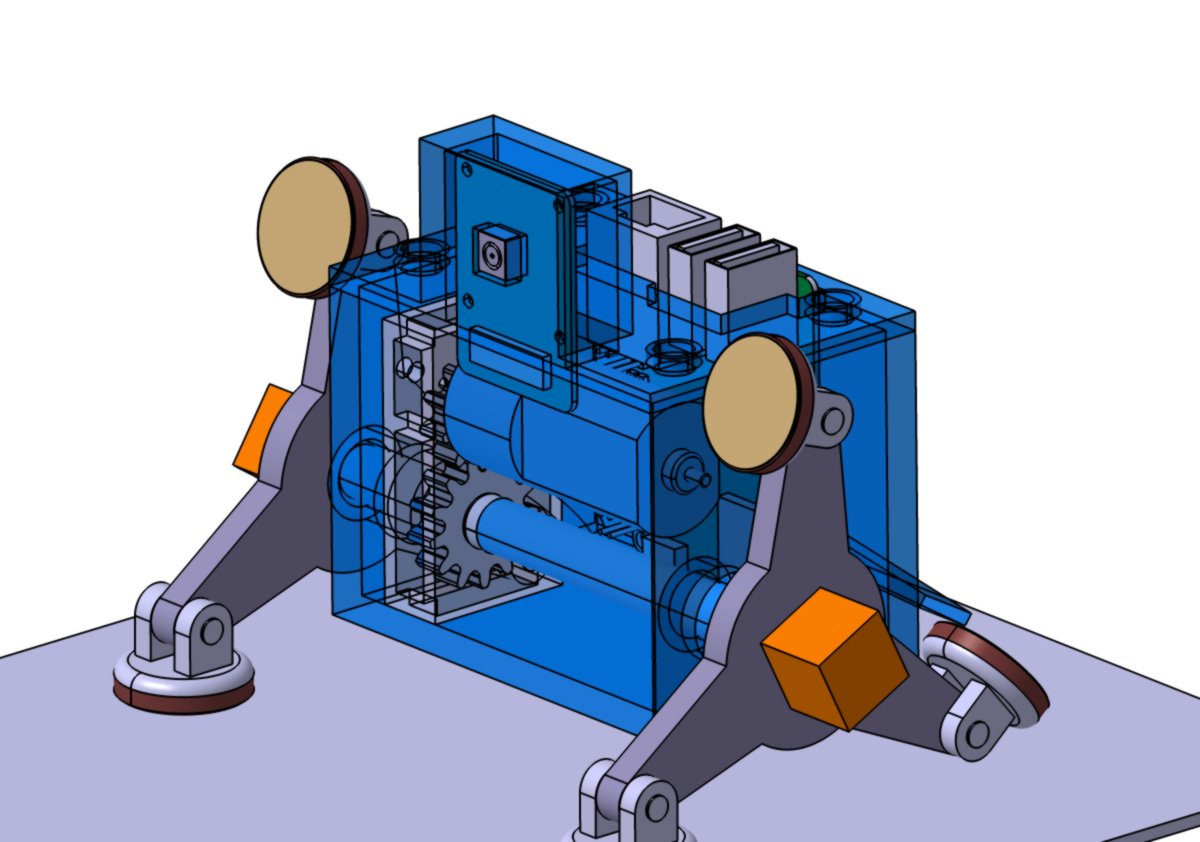
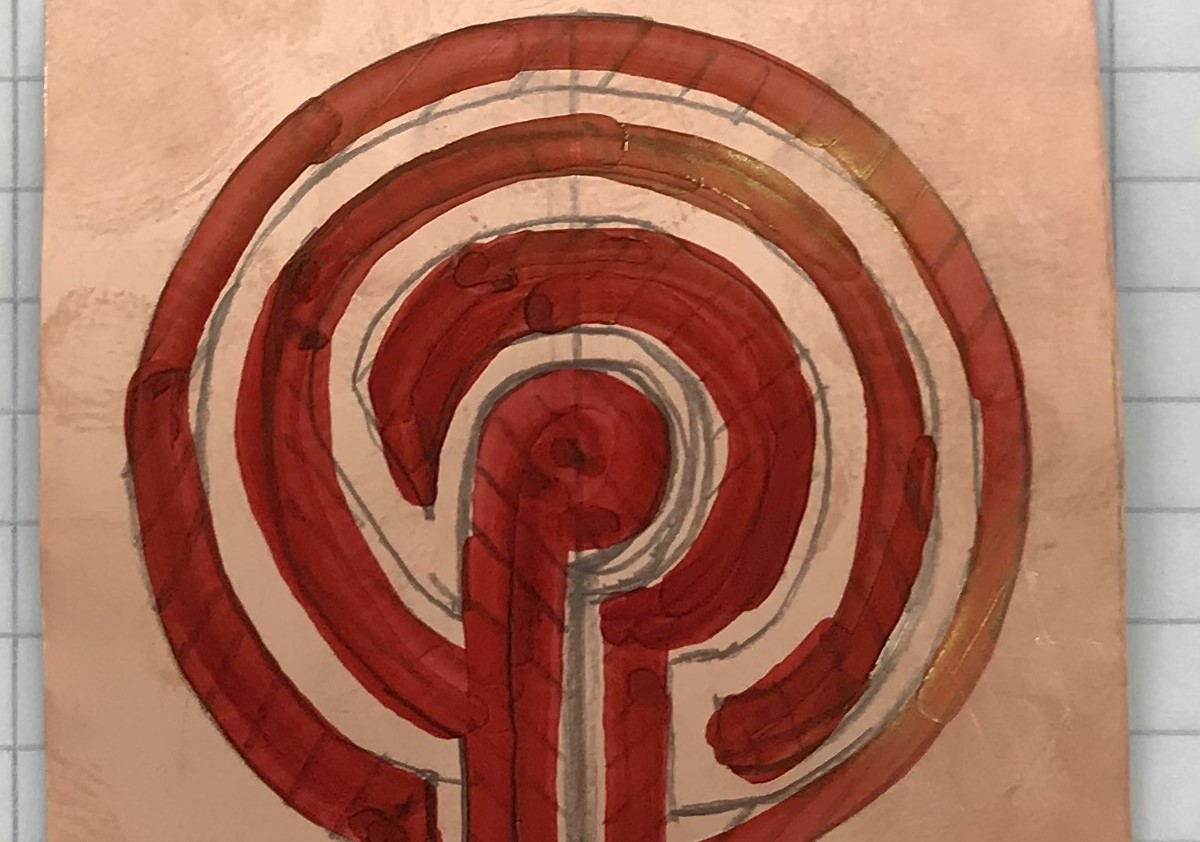

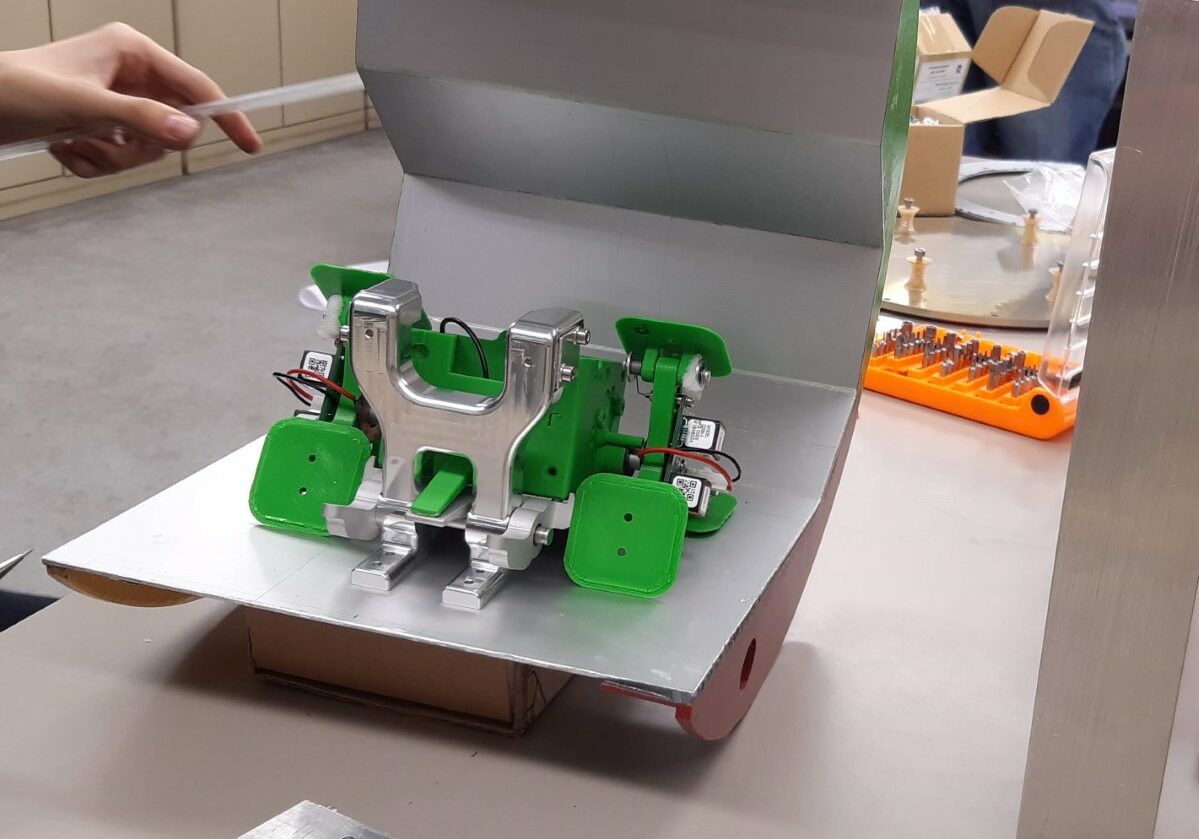
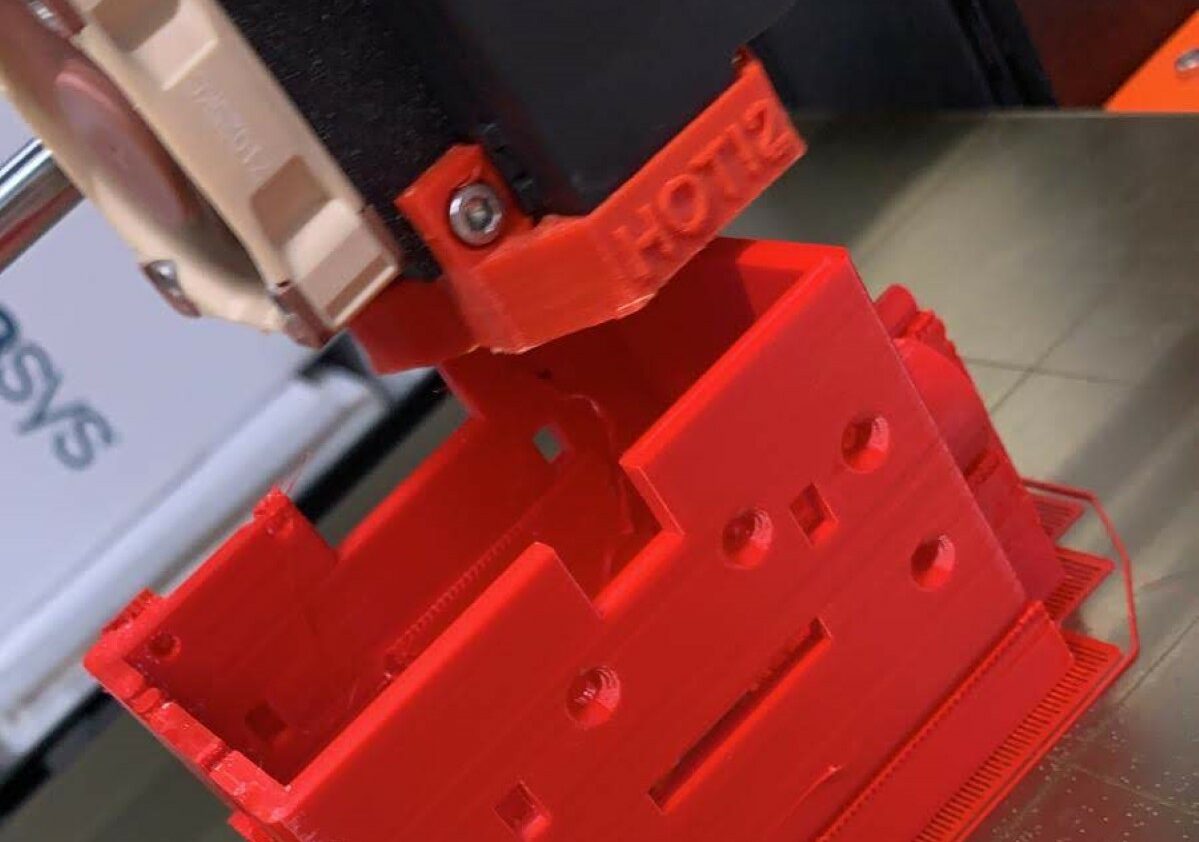
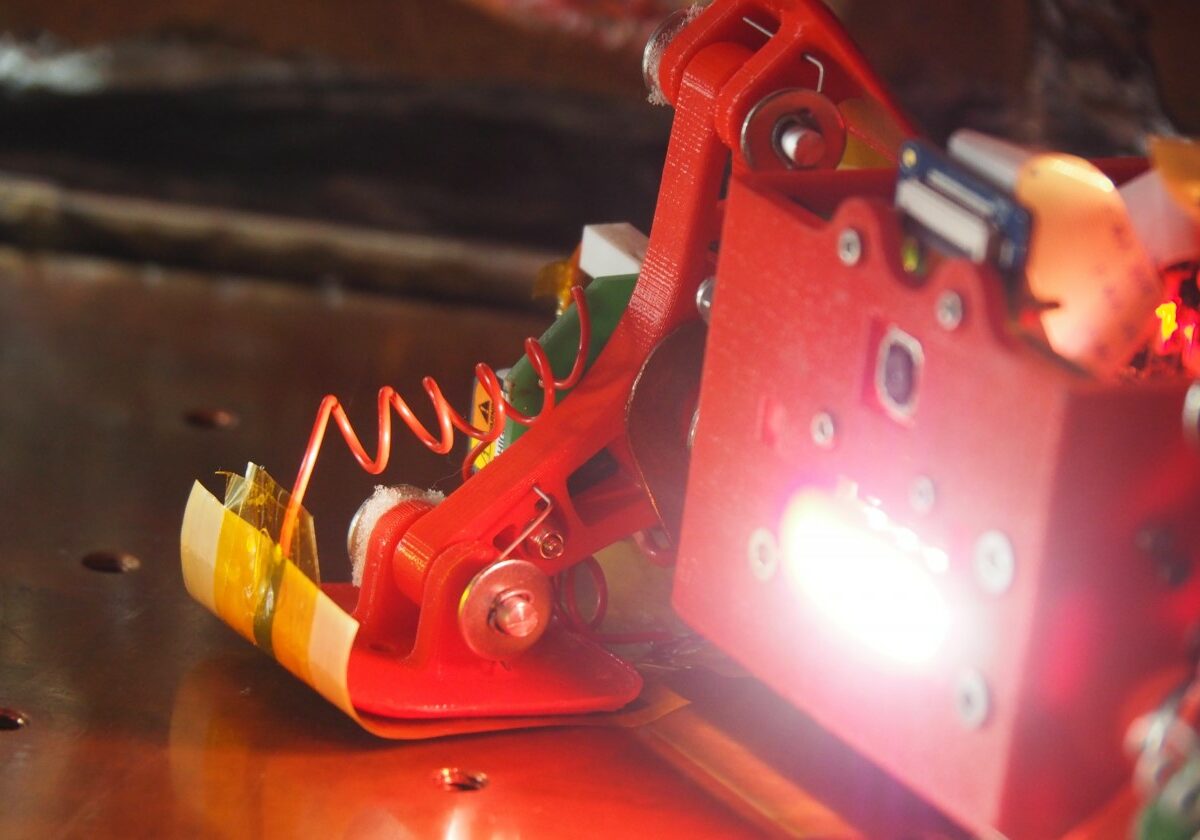
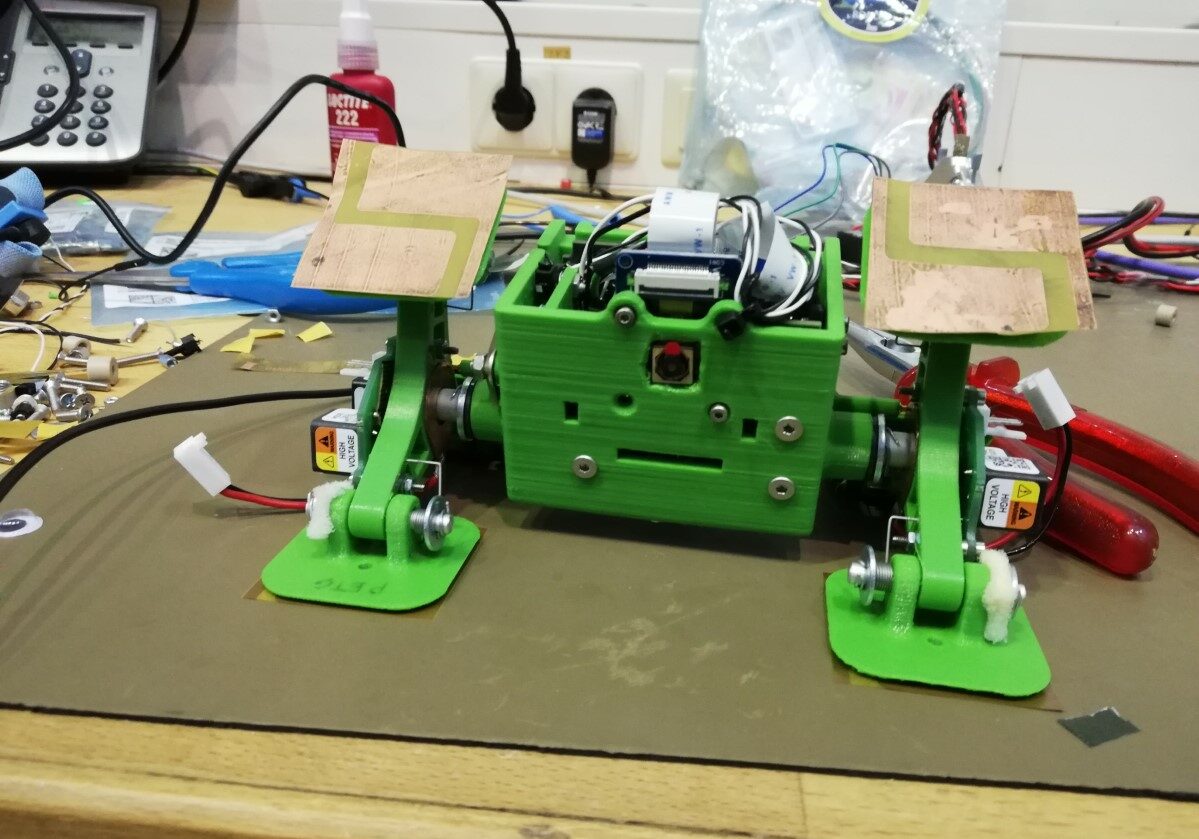
What is ROACH2
ROACH2 is our second attempt to build a rover that can drive on surfaces in weightlessness using electroadhesion. With this experiment we want to show that this technology is suitable for the demanding environment of weightlessness and vacuum. Our experiment consists of two components that are built into a sounding rocket. The first component is our autonomous rover with electroadhesion. The second component is an obstacle parkour which our rover is to master. Of course, there are also some sensors and cameras installed, so that the experiment can be better evaluated afterwards.
Motivation and reason for the project
Education
This experiment is mainly performed by students of the University of Stuttgart. By participating in a real space experiment we will gain experience that no lecture can teach us.
Vision
Humanity will eventually engage in serious space travel. To achieve this, we need massive orbital infrastructure that must be built and maintained. A robotic platform capable of moving around on other objects in an orbital environment is necessary for such an undertaking.
It is cool!
We get to fly an experiment on a rocket! And that's during our studies. One day we're sitting in class and the next we're building an experiment on a sounding rocket.
Subsystems
structure&thermal
The group "structures/thermal" designs the entire physical system. This includes our rover with a 3D-printed chassis and the obstacle course, which will be bolted to the rocket structure. In addition, electroadhesion will be scientifically investigated and its integration into our overall concept will be advanced.
In addition to the development and design of the structure, this group also has the important task of testing these systems for vibration susceptibility and temperature resistance.
software
The software group has the important task of controlling our entire experiment, storing sensor data and communicating with the rocket and the ground station. A robust and fault-tolerant system must be programmed with very limited computing power.
electronics
The electronics group develops, builds and tests our own circuit boards, which we use on our rover and in the module. A big challenge is to accommodate everything in the very small rover.
November 2018 selection workshop
We present our concept to a jury at DLR. Here it will be decided whether we get a flight ticket for ROACH2 and thus whether our project can be continued. Until then we have to know how we want to carry out our experiment.
February 2019 PDR
For the Preliminary Design Review we define our entire project. What is to be built or developed and how? And above all: What must our experiment be capable of? We then present this definition of our project to international experts from DLR, SNSA and ESA.
June 2019 CDR
The Critical Design Review is the point in time when our entire experiment must be fixed. From here on it is difficult to make any changes. This milestone is again presented to the experts of the participating agencies.
September 2019 IPR
During the Integration Progress Review we will be visited by the experts here at the university and we will present our progress in building the experiment.
November 2019 EAR
During the Experiment Acceptance Review the final decision is made whether our experiment is accepted for flight. Vibration and thermal tests must be carried out again.
2022 Launch
3-2-1-liftoff! Now it's real, and our experiment is taking off. This moment is the culmination of the entire project.
News
ROACH2 Integration-week
ROACH2 Critical Design Review (CDR)
ROACH2 Preliminary Design Review (PDR)
ROACH2 accepted into REXUS program
REXUS/BEXUS
REXUS/BEXUS is an international student programme in cooperation between the German Aerospace Center (DLR) and the Swedish National Space Administration (SNSA). It is designed as a competition and offers students the opportunity to conduct their own ideas as technical experiments under conditions similar to those in space. These include the influence of space radiation or the behaviour under reduced gravity. The experiments can be carried out either on a nearly six-metre-long rocket (REXUS), which reaches the peak of its flight path in up to 100 kilometres, or using a so-called stratospheric balloon (BEXUS), which can reach an altitude of up to 35 kilometres in free flight. Throughout the entire project, the German student teams will be supervised by DLR Space Management in Bonn, and will thus learn about the complete process of a space project, from the idea itself to the publication of the results.
